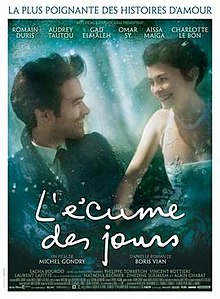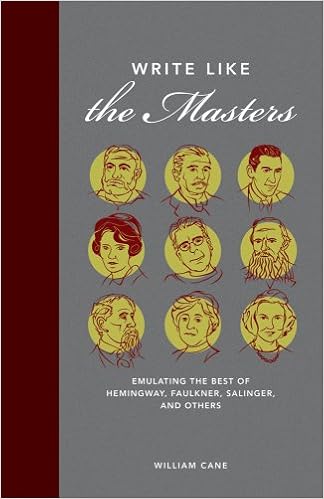So, you've written a short story, sent it through your critique group a few times, and edited until you can edit no more. What now? You think about it for a few weeks. Maybe this one actually doesn't suck? Should I try to send it out? After ten more typo-checks you finally gather up the courage and decide to go for it, but then you do some googling and realise how many magazines there actually are out there. It can feel a bit overwhelming.
Okay, first things first. Before you actually send the story out, you'd better make sure it's correctly formatted. Each magazine has its own preference, and they notice if you're not paying attention. Just make your life easier and do exactly what the instructions say, because you want to appear professional, right? Most English language magazines prefer
Shunn's manuscript format.There is bit of variation in font preference, like Times New Roman instead of Courier, but that's pretty much it. You should check whether the magazine is U.K. based or American and run a spell check accordingly. There are also some differences in grammar and punctuation, like the preference for single quotes instead of doubles in British English. Usage is trickier, because that's something you just have to know. (Things like 'flat' vs. 'apartment'. Your beta readers can help you with this. If you're not writing in your native language, this is even more important. I recommend
Critters if you're looking for a critique group.) You'll also need a cover letter, the simpler the better. Here are a few
examples from
Strange Horizons. And don't obsess about who to address it to, 'dear editor' is probably fine.
For my Finnish readers, the rules seem to be a bit more relaxed here. Finnish anthologies usually give you a page count instead of a word count, and the formatting is usually font size 12, 2 cm margins, and a line spacing of 1,5. That gives you about 30 lines of text per page.
Okay, now you need to find a magazine to submit to. If you want to start at the top, go for the
SFWA qualifying markets. Those are the best of the best, the 'pro markets,' and if you make a sale you can apply for SFWA membership. And no, you don't have to live in the U.S. to qualify. On a semi-pro level there are other resources you can use, like
Dark Markets, a website that lists new calls to anthologies and magazines and is free to use. See also
ralan.com. Most people start with the semi-pros and work their way up to the pro markets. I like
Duotrope, but it costs 50 USD per year. Nowadays the majority of magazines use electronic submissions, which makes things much easier for us foreigners.
You should try to read the publication before you submit to it to get a feel for what they want. There are so many markets that this feels impossible at times, but it helps to narrow down the markets that feel more 'you.' My favourite pro magazines are
Shimmer,
Apex, and
Clarkesworld, so I try to follow those at least. I got a subscription to
Apex and
Clarkesworld, but the
Shimmer subscription system was a bit weird (it looked like you'd need to buy every issue separately), so I got the collected short stories for 2014 and 2015 from Amazon. I like to support the magazines by subscribing, but if you don't have the cash you can read most of the content on their websites.
To keep track of your submissions and sales, you need to log them into some kind of spreadsheet, but one reason I like Duotrope is that it does this for me, so I can always check where the piece has been so I don't accidentally resubmit to the same market. It also has statistical info on response times, acceptance rates, etc, so you can
obsess over follow what's going on with your piece.
The Grinder is a similar but free service, but I've found Duotrope to be worth its price. It seems to have more users and it also suggests similar markets to submit to, so it's easier to find the next place to submit after a rejection.
For Finnish spec fic writers, Shimo Suntila wrote a piece about the Finnish markets and competitions recently. Check it out
here. In Finland it's rare to get paid for speculative short stories, mostly the 'payment' is getting published. The competitions have cash prices, though.
Before you get started, I have a few pieces of advice: don't take rejection personally (yes, you will get rejected. Multiple times.), resubmit the piece to a different market the next day after a rejection and get on with writing the next one, and don't self-reject (the editor might surprise you).
Here's what Chuck Wendig has to say about rejection. Read it. It always makes me feel better after I get one.
Okay, that's it. Happy submitting!





















